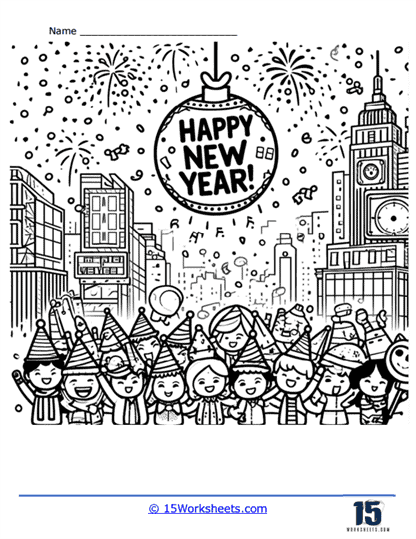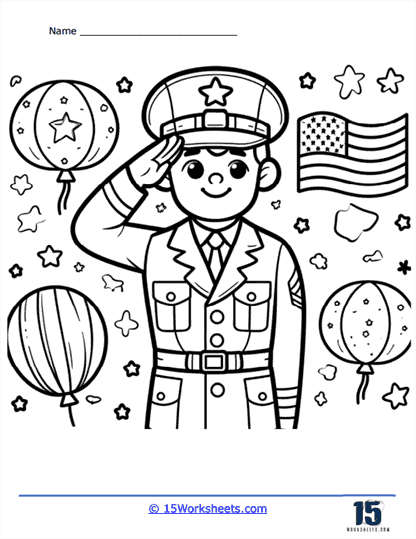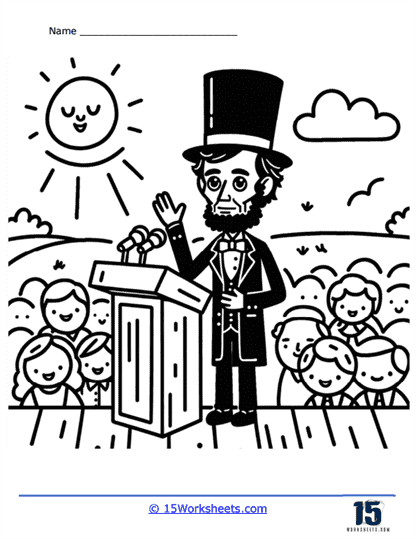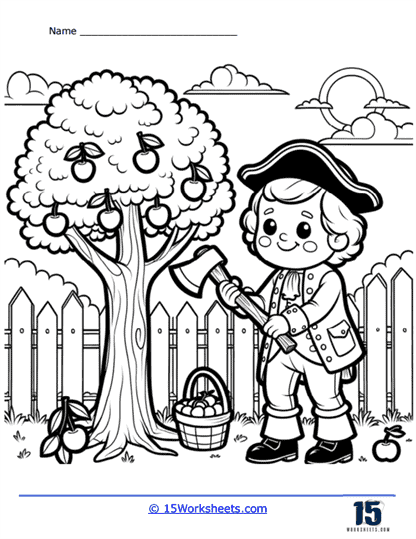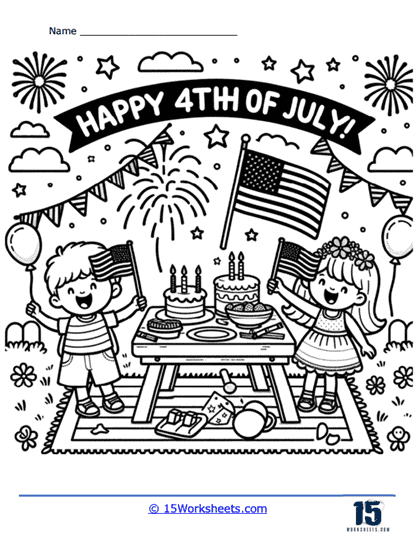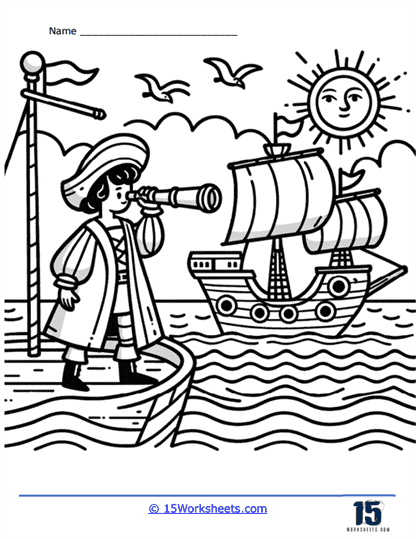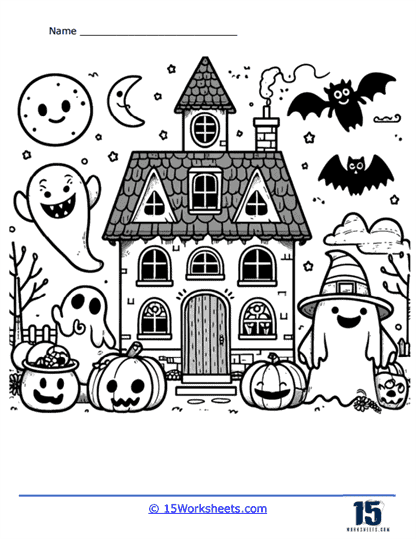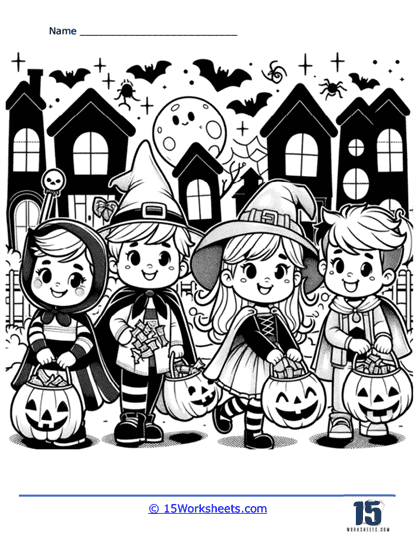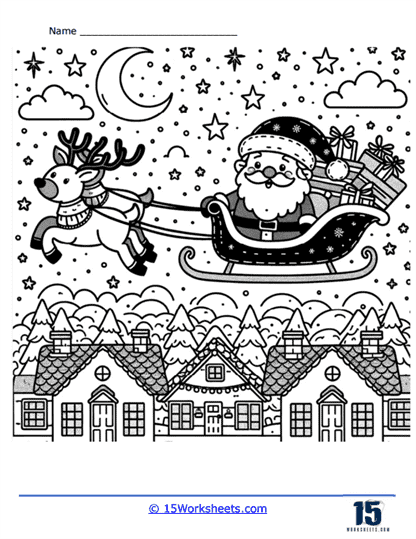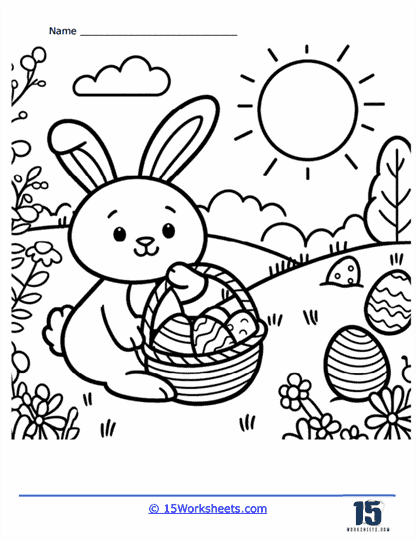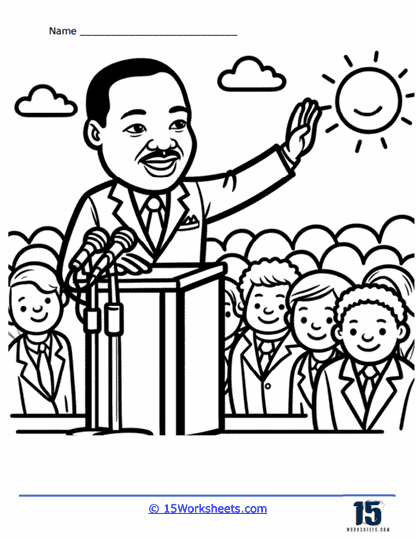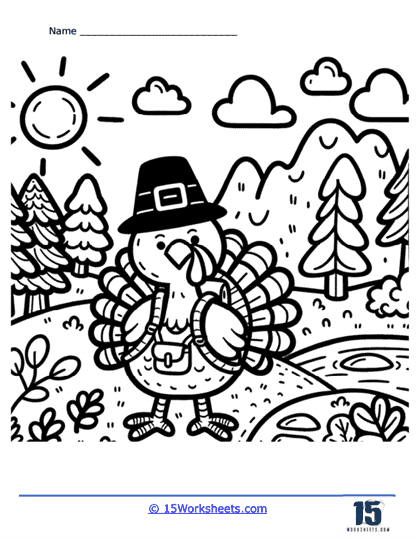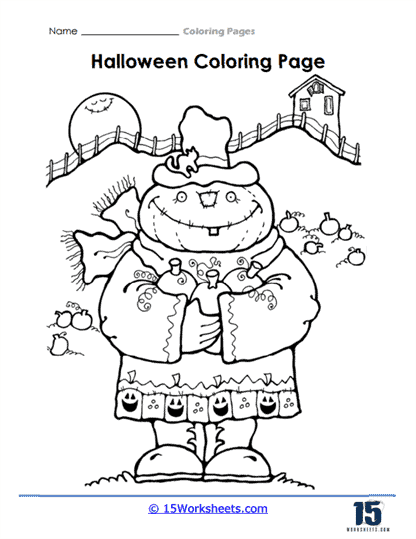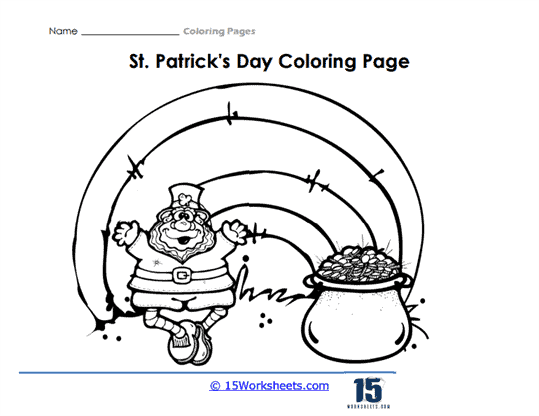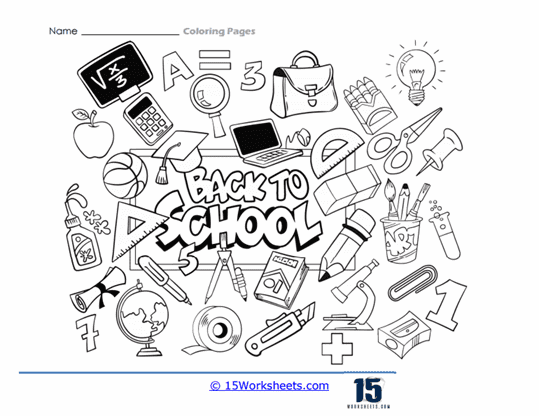Holidays Worksheets
About These 15 Worksheets
These coloring pages feature themed illustrations related to specific holidays. These pages are designed for coloring, providing a fun and engaging activity for children and adults alike. Whether printed or digital, holiday coloring pages capture the essence of festive occasions and offer a wide array of images that reflect the spirit of the holiday being celebrated.
By providing opportunities for vocabulary expansion, storytelling, fine motor development, focus, cultural awareness, and social interaction, these coloring pages contribute to a well-rounded language arts education. As children engage with the festive themes and symbols of various holidays, they not only enjoy the creative process but also build essential skills that support their academic growth and personal development.
During major holidays, you can find coloring pages tailored to various themes. For instance, Christmas coloring pages often showcase images of Santa Claus, reindeer, Christmas trees, ornaments, gifts, snowflakes, and holiday scenes. These illustrations evoke the warmth and joy of the season, providing a canvas for individuals to express their creativity with vibrant colors.
Halloween coloring pages, on the other hand, feature spooky and whimsical designs such as pumpkins, witches, ghosts, bats, haunted houses, and black cats. These pages allow children to delve into the playful side of Halloween, combining traditional symbols with imaginative elements that spark their interest and creativity.
For Easter, coloring pages typically include images of bunnies, eggs, chicks, baskets filled with treats, and spring flowers. These pages reflect the themes of renewal and rebirth associated with the holiday, often incorporating pastel colors and cheerful scenes that capture the essence of springtime.
Thanksgiving coloring pages highlight the themes of gratitude and harvest, featuring images of turkeys, cornucopias, pumpkins, autumn leaves, and family gatherings. These pages help children understand and appreciate the significance of the holiday, fostering a sense of thankfulness and community.
In addition to these major holidays, there are coloring pages for other celebrations like Independence Day, featuring flags, fireworks, and patriotic symbols; St. Patrick’s Day, with shamrocks, leprechauns, and pots of gold; and Hanukkah, showcasing menorahs, dreidels, and Star of David symbols. Each set of coloring pages provides unique images that reflect the cultural and historical significance of the holiday.
The Benefits
Practicing with holiday coloring pages can significantly benefit students in various aspects of language arts skills. Here’s how:
Enhancing Vocabulary and Comprehension
When children engage with holiday-themed coloring pages, they encounter new vocabulary related to the holiday. For example, coloring a page with a menorah might introduce them to words like “candle,” “dreidel,” or “Hanukkah.” Parents and educators can use these opportunities to discuss the meaning and significance of these terms, enhancing the child’s vocabulary and comprehension. This process of learning new words in context helps reinforce their understanding and retention.
Promoting Storytelling and Creative Writing
Holiday coloring pages can serve as prompts for storytelling and creative writing activities. After coloring a page, students can be encouraged to write a story about the scene they colored. For instance, a Christmas coloring page featuring Santa Claus delivering gifts can inspire children to write a story about Santa’s adventures on Christmas Eve. This exercise helps develop their narrative skills, creativity, and ability to organize thoughts into coherent stories.
Improving Fine Motor Skills and Handwriting
Coloring activities require children to use precise hand movements, which helps improve their fine motor skills. These skills are crucial for handwriting, as they enable children to control their pencil movements more effectively. Regular practice with coloring pages can lead to better handwriting and improved dexterity, both of which are essential for language arts tasks that involve writing.
Encouraging Focus and Patience
Coloring within the lines of a holiday-themed illustration requires concentration and patience. As students focus on completing their coloring pages, they develop the ability to concentrate for longer periods. This skill is transferable to language arts activities, where sustained focus is needed for reading comprehension, writing essays, and other tasks.
Building Confidence and Self-Expression
Completing a holiday coloring page gives children a sense of accomplishment and boosts their confidence. This positive reinforcement encourages them to express themselves more freely, whether through writing, speaking, or other creative activities. The confidence gained from successfully completing a coloring project can motivate them to tackle more challenging language arts tasks with enthusiasm.
Cultivating Cultural Awareness and Empathy
Holiday coloring pages often depict cultural symbols and traditions. By coloring these pages and learning about the associated holidays, children gain a deeper understanding and appreciation of different cultures and traditions. This cultural awareness fosters empathy and broadens their perspective, which is valuable in language arts as it enhances their ability to relate to diverse characters and settings in literature.
Enhancing Cognitive Skills
Engaging with holiday coloring pages involves recognizing shapes, patterns, and colors, which enhances cognitive skills such as spatial awareness and visual processing. These skills are important for reading and interpreting texts, as students need to recognize letters, words, and sentence structures. Improved cognitive skills contribute to better reading fluency and comprehension.
Encouraging Social Interaction and Communication
Coloring can be a social activity, especially in a classroom or group setting. Children can share their completed pages, discuss the holidays they represent, and exchange ideas about color choices and designs. These interactions promote communication skills and collaborative learning, which are essential components of language arts education.
Holiday coloring pages provide a unique opportunity to integrate art with language arts. Educators can create interdisciplinary lessons that combine coloring activities with reading and writing assignments. For example, after coloring a Thanksgiving page, students can read a story about the first Thanksgiving and write a paragraph about what they are thankful for. This integrated approach makes learning more engaging and meaningful.

